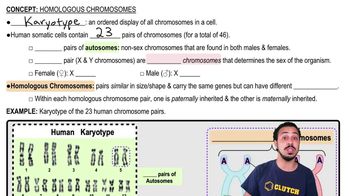Select True or False for each statement.
Sister chromatids are homologous chromosomes.
Non-sister chromatids are found on two different homologs.
Crossing over occurs between sister chromatids.
A chiasma forms between two of the four molecules of double-stranded DNA on duplicated homologous chromosomes.






